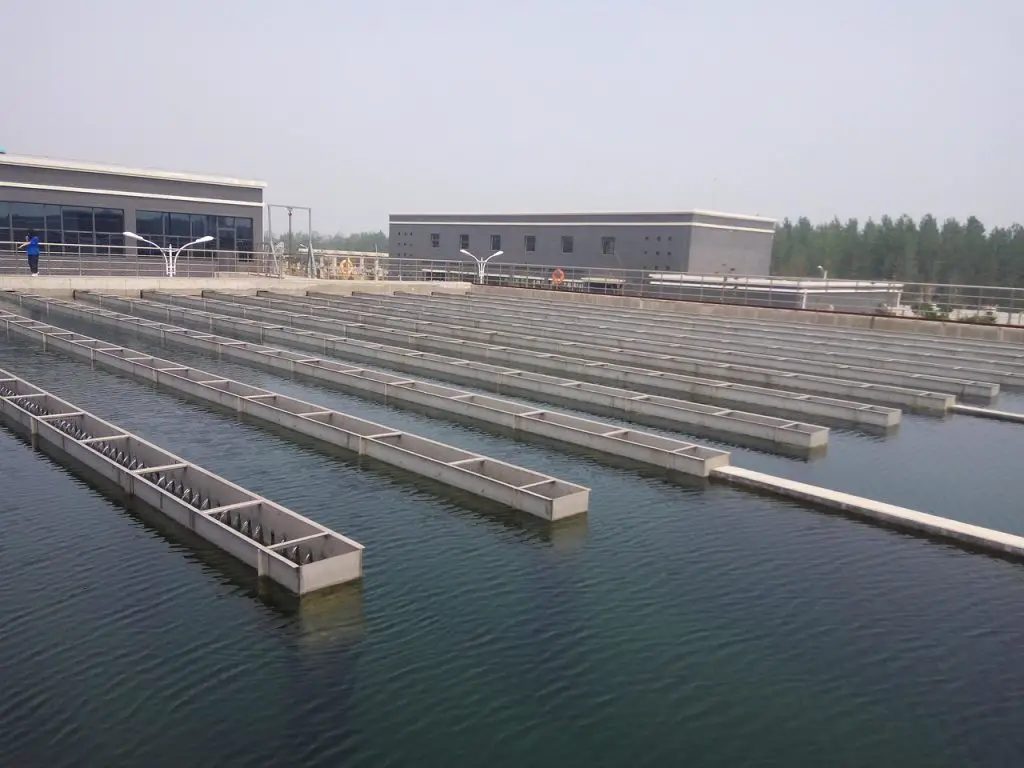Per- and polyfluoroalkyl substances (PFAS) are a group of man-made chemicals that have been widely used in various industries due to their unique properties, such as resistance to heat, water, and oil. However, they are also associated with a range of health risks, including developmental and reproductive problems, liver and kidney damage, and increased risk of cancer. As a result, there is growing concern about the presence of PFAS in the environment, particularly in drinking water.
Activated charcoal has been suggested as a potential solution for removing PFAS from drinking water. In this article, we will explore the effectiveness of activated charcoal in removing PFAS and the potential limitations of this method.
What is activated charcoal?
Activated charcoal is a form of carbon that has been treated with oxygen to create a highly porous surface area. This increased surface area allows activated charcoal to absorb a wide range of substances, including chemicals, toxins, and gases. Activated charcoal is commonly used in medical and industrial applications, such as air and water purification, wound care, and poison control.
How does activated charcoal remove PFAS?
Activated charcoal works by adsorption, which is the process of molecules adhering to the surface of a solid or liquid substance. In the case of PFAS, the highly porous surface of activated charcoal can attract and capture these chemicals, effectively removing them from the water.
Studies on the effectiveness of activated charcoal in removing PFAS
Several studies have investigated the effectiveness of activated charcoal in removing PFAS from water. A 2018 study conducted by researchers at Duke University found that granular activated carbon (GAC), which is a form of activated charcoal, was highly effective in removing PFAS from drinking water. The study found that GAC reduced the levels of PFAS by up to 99%.
Another study conducted by the National Science Foundation in 2017 also found that GAC was effective in removing PFAS from drinking water. The study found that GAC reduced the levels of PFAS by up to 90%.
However, it’s important to note that the effectiveness of activated charcoal in removing PFAS can vary depending on a range of factors, including the type and concentration of PFAS in the water, the pH of the water, and the duration of exposure to the activated charcoal.
Limitations of using activated charcoal for PFAS removal
While activated charcoal has been shown to be effective in removing PFAS from water in laboratory settings, there are some potential limitations to this method in real-world applications.
Firstly, the cost of using activated charcoal for PFAS removal can be significant, particularly for large-scale applications. This is because activated charcoal needs to be replaced periodically as it becomes saturated with PFAS, which can be expensive and time-consuming.
Secondly, the effectiveness of activated charcoal in removing PFAS can be influenced by a range of factors, including the pH and temperature of the water, the presence of other contaminants, and the type of PFAS present in the water. This means that activated charcoal may not be effective in all situations and may need to be used in conjunction with other treatment methods.
Thirdly, there is some concern that the use of activated charcoal for PFAS removal may create a new source of environmental contamination. This is because the saturated activated charcoal needs to be disposed of properly to prevent the PFAS from leaching back into the environment.
Conclusion
Activated charcoal has shown promise as a potential solution for removing PFAS from drinking water. Studies have demonstrated that activated charcoal can be highly effective in reducing the levels of PFAS in water. However, the effectiveness of this method can be influenced by a range of factors, and there are potential limitations to its use in real-world applications, including cost and the risk of creating a new source of contamination. As a result, further research is needed to fully
understand the potential of activated charcoal for PFAS removal, and to develop cost-effective and environmentally sustainable methods for treating PFAS-contaminated water.
In addition to activated charcoal, there are other methods that are currently being explored for PFAS removal, including ion exchange, membrane filtration, and biological treatment. Each of these methods has its own advantages and limitations, and the choice of method will depend on a range of factors, including the type and concentration of PFAS in the water, the cost and scalability of the method, and the environmental impact.
Ultimately, the most effective approach to addressing the issue of PFAS contamination in drinking water may involve a combination of different treatment methods, tailored to the specific situation and context. This will require a collaborative effort between researchers, policymakers, and industry stakeholders to develop and implement effective solutions that can protect public health and the environment.







